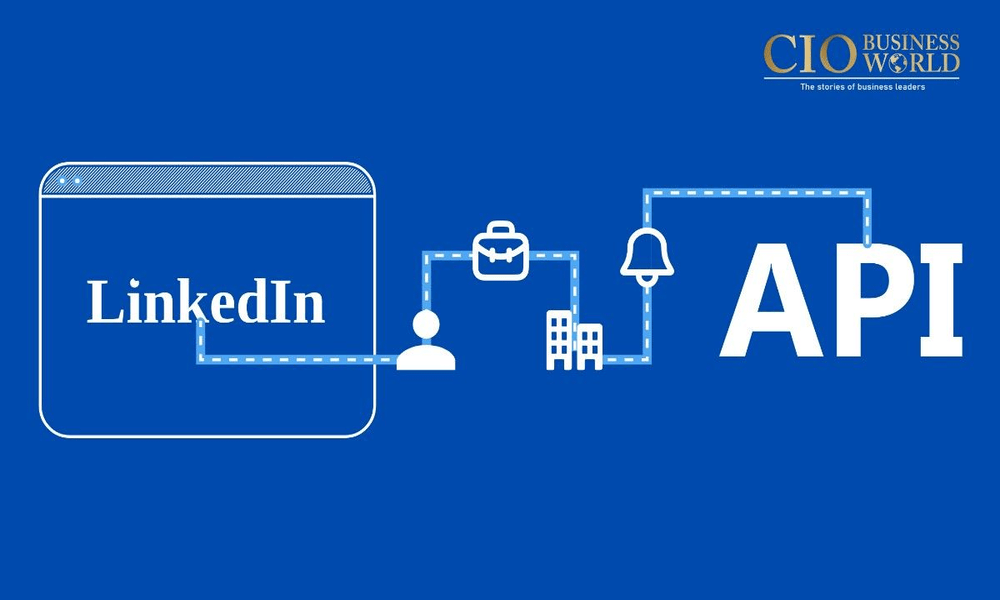In an era of remarkable technical advances, the ever-changing landscape of cybersecurity requires ongoing monitoring and adaptation. Recent changes to Threat Intelligence, as well as the second Network and Information Systems Directive (NIS2), are critical in strengthening digital defenses against emerging threats. These advancements promise to bring in a new era of resilience and responsiveness to cyber threats.
Highlight Points to Boosting Cybersecurity:
- Threat Intelligence Advancements:
The field of Threat Intelligence has witnessed significant strides, with a focus on predictive analytics and proactive defense mechanisms. Cutting-edge tools now harness the power of artificial intelligence and machine learning to analyze vast datasets in real-time, identifying potential threats before they can manifest. This shift from reactive to proactive threat detection marks a paradigm shift, empowering organizations to stay one step ahead of cyber adversaries.
- NIS2 Compliance Mandates:
The second iteration of the Network and Information Systems Directive, NIS2, brings forth enhanced regulatory measures aimed at ensuring the resilience of essential services and digital infrastructure. With a broader scope encompassing a wider range of sectors, NIS2 mandates stringent cybersecurity measures, incident reporting protocols, and collaborative efforts among member states. The directive not only bolsters cybersecurity preparedness but also fosters a cohesive and coordinated response to cyber incidents on a European scale.
- Integration of Threat Intelligence and NIS2:
A key highlight in the cybersecurity landscape is the synergy between Threat Intelligence and NIS2 compliance. Organizations are now urged to integrate robust Threat Intelligence practices into their cybersecurity frameworks, aligning them with the requirements set forth by NIS2. This integration not only ensures a comprehensive defense strategy but also facilitates efficient incident response and compliance adherence.
FAQs:
1. How does Threat Intelligence differ from traditional cybersecurity measures?
– Threat Intelligence goes beyond traditional cybersecurity by actively analyzing and interpreting data to predict potential threats. It leverages advanced technologies, such as AI and machine learning, to provide real-time insights, allowing organizations to proactively mitigate risks.
2. What are the key changes introduced by NIS2, and how do they impact businesses?
– NIS2 expands the scope of critical infrastructure sectors and imposes stricter cybersecurity measures. Businesses now face enhanced obligations for incident reporting and must implement robust security measures to ensure the continuity and resilience of their services.
Conclusion:
As Threat Intelligence and NIS2 compliance tightens, enterprises must embrace these advancements to strengthen their cybersecurity postures. The combination of cutting-edge Threat Intelligence with regulatory frameworks like NIS2 demonstrates the proactive approach required to protect our digital future. In this ever-changing landscape, remaining aware and adjusting to changes will be critical in developing a strong defense against cyber threats.















